~~SHARE this image if you agree~~
We need to protect our forests and protect the climate!
Endangered orangutans have already been driven off 80% of their original rainforest habitat.
Help protect their habitat now: http://bit.ly/1k9yg
Source: https://www.facebook.com/greenpeaceusa
Deforestation, clearance or clearing is the removal of a forest or stand of trees where the land is thereafter converted to a non-forest use. Examples of deforestation include conversion of forestland to farms, ranches, or urban use.
More than half of the animal and plant species in the world live in tropical forests.
The term deforestation is often misused to describe any activity where all trees in an area are removed. However in temperate climates, the removal of all trees in an area — in conformance with sustainable forestry practices — is correctly described as regeneration harvest. In temperate mesic climates, natural regeneration of forest stands often will not occur in the absence of disturbance, whether natural or anthropogenic.
Furthermore, biodiversity after regeneration harvest often mimics that found after natural disturbance, including biodiversity loss after naturally occurring rainforest destruction.
Deforestation occurs for many reasons: trees are cut down to be used or sold as fuel (sometimes in the form of charcoal) or timber, while cleared land is used as pasture for livestock, plantations of commodities and settlements.
The removal of trees without sufficient reforestation has resulted in damage to habitat, biodiversity loss and aridity. It has adverse impacts on biosequestration of atmospheric carbon dioxide. Deforestation has also been used in war to deprive an enemy of cover for its forces and also vital resources.
A modern example of this was the use of Agent Orange by the United States military in Vietnam during the Vietnam War. Deforested regions typically incur significant adverse soil erosion and frequently degrade into wasteland.
Disregard or ignorance of intrinsic value, lack of ascribed value, lax forest management and deficient environmental laws are some of the factors that allow deforestation to occur on a large scale. In many countries, deforestation, both naturally occurring and human induced, is an ongoing issue.
Deforestation causes extinction, changes to climatic conditions, desertification, and displacement of populations as observed by current conditions and in the past through the fossil record.
Among countries with a per capita GDP of at least US$4,600, net deforestation rates have ceased to increase.
Deforestation is the permanent destruction of forests in order to make the land available for other uses. An estimated 18 million acres (7.3 million hectares) of forest — roughly the size of Panama — are lost each year, according to the United Nations’ Food and Agriculture Organization (FAO).
~~Some other statistics~~
- About half of the world’s tropical forests have been cleared (FAO)
- Forests currently cover about 30 percent of the world’s land mass (National Geographic)
- Forest loss contributes between 12 percent and 17 percent of annual global greenhouse gas emissions (World Resources Institute)
Deforestation is considered to be one of the contributing factors to global climate change. Trees absorb greenhouse gases and carbon emissions. They produce oxygen and perpetuate the water cycle by releasing water vapor into the atmosphere. Without trees, forest lands can quickly become barren land.
Credit: Frontpage | Shutterstock
Deforestation is the permanent destruction of forests in order to make the land available for other uses. An estimated 18 million acres (7.3 million hectares) of forest — roughly the size of Panama — are lost each year, according to the United Nations’ Food and Agriculture Organization (FAO).
~~Some other statistics~~
- About half of the world’s tropical forests have been cleared (FAO)
- Forests currently cover about 30 percent of the world’s land mass (National Geographic)
- Forest loss contributes between 12 percent and 17 percent of annual global greenhouse gas emissions (World Resources Institute)
Deforestation is considered to be one of the contributing factors to global climate change. Trees absorb greenhouse gases and carbon emissions.
They produce oxygen and perpetuate the water cycle by releasing water vapor into the atmosphere. Without trees, forest lands can quickly become barren land.
Location
Deforestation occurs around the world, though tropical rainforests are particularly targeted. Countries with significant deforestation currently or in the recent past include Brazil, Indonesia, Thailand, the Democratic Republic of Congo and other parts of Africa, and parts of Eastern Europe,according to GRID-Arendal, a United Nations Environment Program collaborating center.
Though deforestation has increased rapidly in the last 50 years, it has been practiced throughout history.
For example, since 1600, 90 percent of continental United States’ indigenous forest has been removed. The World Resources Institute estimates that most of the world’s remaining indigenous forest — about 22 percent of its original amount — is located in Canada, Alaska, Russia, and the Northwestern Amazon basin. The Amazon is a highly targeted area of recent deforestation.
Causes of deforestation
Deforestation is typically done to make more land available for housing and urbanization, timber, large scale cash crops such as soy and palm oil, and cattle ranching. The World Wildlife Fund reports that much of the logging industry that contributes to deforestation is done illegally (about half of it used for firewood).
Common methods of deforestation are burning trees and clear cutting, which is the controversial practice of complete removal of a given tract of forest. A forestry expert quoted by the Natural Resources Defense Council describes clear cutting as “an ecological trauma that has no precedent in nature except for a major volcanic eruption.”
Burning can be done quickly, in vast swaths of land for plantation use, or more slowly with the slash-and-burn technique. This destructive practice entails cutting down a patch of trees, burning them, and growing crops on the land until the soil becomes too degraded from overgrazing and sun exposure for new growth.
Then, the farmers move on to a new patch of land.
Effects of deforestation
Forests are complex ecosystems that are important to the carbon and water cycles that sustain life on earth. When they are degraded, it can set off a devastating chain of events both locally and around the world.
Loss of Species: Seventy percent of the world’s plants and animals live in forests and are losing their habitats to deforestation. Loss of habitat can lead to species extinction. This is not only a biodiversity tragedy but also has negative consequences for medicinal research and local populations who rely on the animals and plants in the forests for hunting and medicine.
Carbon Emissions: Healthy forests help absorb greenhouse gasses and carbon emissions that are caused by human civilization and contribute to global climate change. Without trees, more carbon and greenhouse gasses enter the atmosphere. To make matters worse, trees actually become carbon sources when they are cut, burned, or otherwise removed. “Tropical forests hold more than 210 gigatons of carbon, and deforestation represents around 15 percent of greenhouse gas emissions,” according to the WWF.
Water Cycle: Trees play an important part in the water cycle, grounding the water in their roots and releasing it into the atmosphere. In the Amazon, more than half the water in the ecosystem is held within the plants. Without the plants, the climate may become dryer.
Soil Erosion: Without tree roots to anchor the soil and with increased exposure to sun, the soil can dry out, leading to problems like increased flooding and inability to farm. The WWF states that scientists estimate that a third of the world’s arable land has been lost to deforestation since 1960. Cash crops planted after clear cutting or burning — like soy, coffee, and palm oil — can actually exacerbate soil erosion because their roots cannot hold onto the soil the way trees’ can.
Life Quality: Soil erosion can also lead to silt entering the lakes, streams, and other water sources. This can decrease local water quality, contributing to poor health in the local population.
We ALL are ONE!!
Greenpeace: Stopping Amazon Deforestation
Uploaded on Oct 2, 2009
Fly through Google Earth to see deforestation in the Amazon. Then, learn how Greenpeace worked with companies to establish a moratorium on further destruction of the rainforest for soybean plantations. http://www.google.com/cop15
Amazon Deforestation: Timelapse
Published on Jul 23, 2012
Explore a global timelapse of our planet, constructed from Landsat satellite imagery. The Amazon rainforest is shrinking at a rapid rate to provide land for farming and raising cattle. Each frame of the timelapse map is constructed from a year of Landsat satellite data, constituting an annual 1.7-terapixel snapshot of the Earth at 30-meter resolution. The Landsat program, managed by the USGS, has been acquiring images of the Earth’s surface since 1972. Landsat provides critical scientific information about our changing planet.
All of these factors can have adverse effects on local economies. Increased flooding, lack of quality water, and inability to produce their own food causes many locals migrate to cities that lack infrastructure for them. Or, they work on plantations, worsening the deforestation problem and at times being subjected to inhumane working conditions.
Related:
- Tree Loss May Double Floods in Snowy Areas
- Amazon Deforestation: Earth’s Heart and Lungs Dismembered
- The Lost Forests of America
For full article/source: http://www.livescience.com/27692-deforestation.html
We ALL are connected through the ENVIRONMENT!!

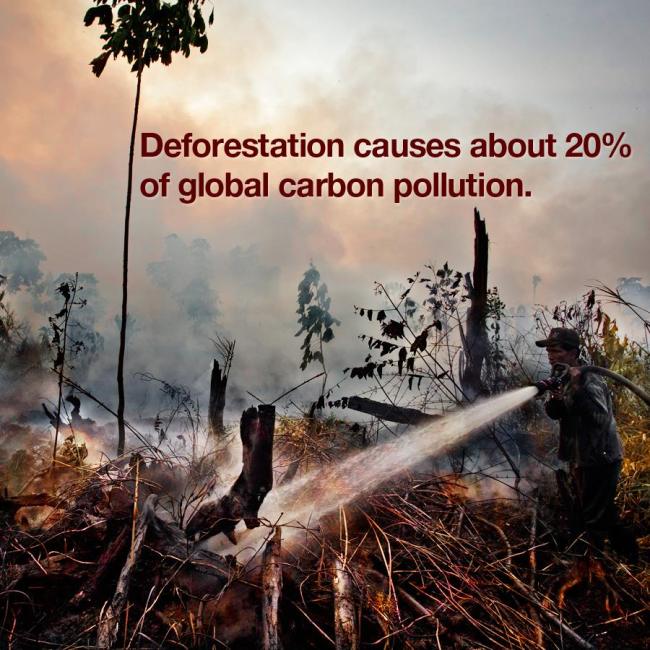


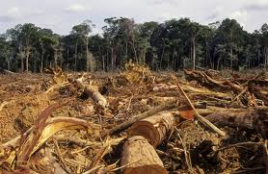
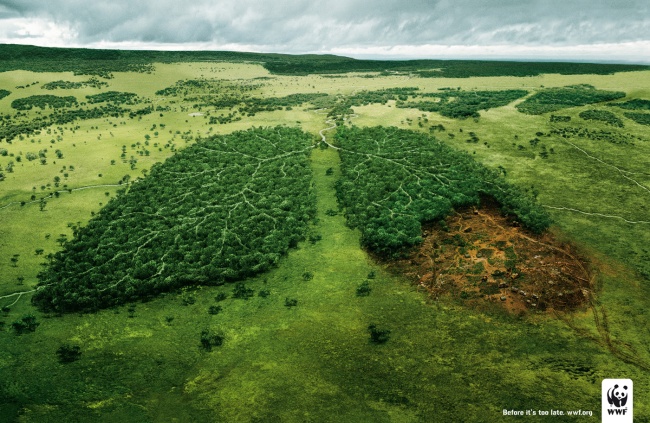





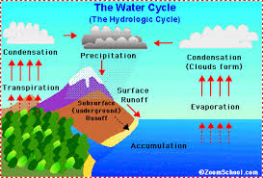
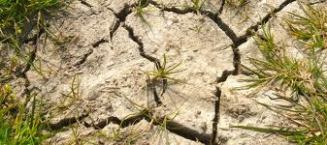


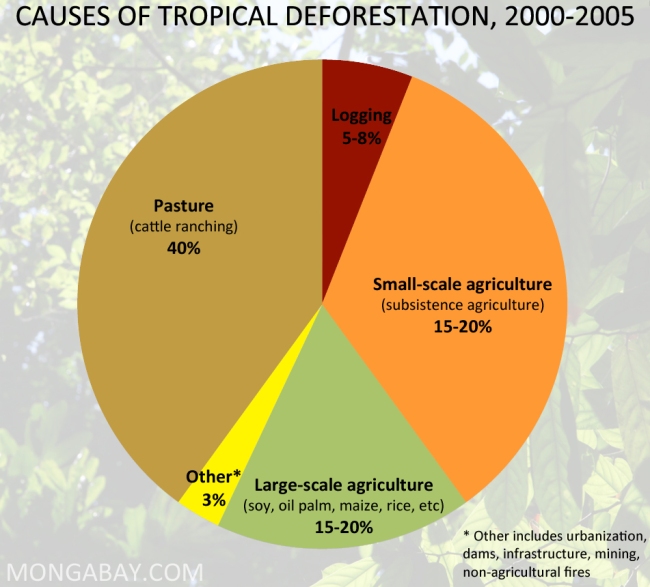

Reblogged this on psychologypathology2.
LikeLike